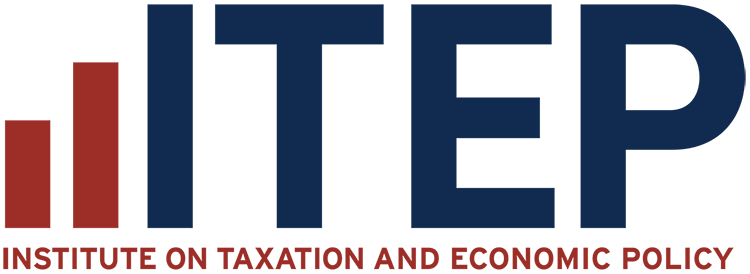
ITEP Work in Action
The Garden Island: Gap Keeps Growing Between Rich, Poor
October 25, 2018
The study finds that those in the bottom fifth of the income spectrum in Hawaii pay 15 percent of their income in state and local taxes, while those in the top 1 percent pay only 8.9 percent, “which exacerbates inequality in our state,” according to a press release about the study.
Real Change: Study: Washington Bottoms Out on US Tax Assessment
October 24, 2018
Guess what? Washington state’s taxation system continues to be one of the most regressive in the country. This news comes from the Institute on Taxation and Economic Policy (ITEP), which did a deep dive into the taxation policies of all 50 states.
The Journal Record: Prosperity Policy: An Upside-down Tax System
October 24, 2018
A modestly progressive income tax slightly offsets our regressive sales taxes. But Oklahoma lawmakers cut our top income tax rate by nearly 25 percent since 2004, further tipping the scales to the wealthiest households. Then while grappling with massive budget shortfalls caused in part by these tax cuts, lawmakers took aim at measures that primarily benefit low- and middle-income working families by making the state Earned Income Tax Credit non-refundable and freezing the state standard deduction, while leaving cuts to the top income tax rate in place.
Hawaii Public Radio: Hawaii Tax System Places Larger Burden on Low Income Residents
October 24, 2018
Low-income residents in Hawaii are paying a higher share of their income in taxes than higher level earners. That is the conclusion of a recent report from the Institute on Taxation and Economic Policy titled Who Pays? The Hawaii tax system is considered highly regressive, due to heavy reliance on the General Excise Tax, or GET. This is despite a progressive, graded state income tax and the lowest property taxes in the nation.
Third and State: Pennsylvania’s Terrible Tax Code Asks More of You as You Make Less: Hitting Community’s of Color Especially Hard
October 23, 2018
The Commonwealth once again claims its spot in the “Terrible 10” most unfair tax structures in the nation. The lowest 20% of income earners in the state pays more than double (2.3 times) their share of family income on state and local taxes than the top 1%.
Hawai’i Budget & Policy Center: Hawaii’s Tax System Exacerbates Inequality
October 23, 2018
A new report out from the Institute on Taxation and Economic Policy (ITEP) provides the vital statistics for each state’s tax system. It lays out, in clear and compelling numbers, the sobering message that Hawaiʻi taxes—and those in the United States on average—increase inequality between rich and poor.
Florida Policy Institute: Amendment 5 Would Lock in the Regressive Policies and Abysmal Funding Levels that Perpetuate Inequality
October 23, 2018
Florida’s unfair tax system, which forces low-income residents to contribute the most as a share of their household incomes, along with the state’s worst-in-the-nation per-person investment in public services, would be locked in under Amendment 5.
Enid News & Eagle: A Low Tax State for Only Some Oklahomans
October 23, 2018
While Oklahoma has a reputation as a low tax state, poor and middle-income Oklahomans are actually paying a greater share of their income in taxes than the national average, while the richest 5 percent of households — with annual incomes of $194,500 or more — pay less.
Washington Examiner: Think tank: Texas Isn’t a Low-tax State if You’re Poor
October 23, 2018
Carl Davis for the Institute on Taxation and Economic Policy: [ M]any states traditionally considered to be “low-tax states” are actually high-tax for their poorest residents. The “low tax” label is typically assigned to states that either lack a personal income tax or that collect a comparatively low amount of tax revenue overall. But a focus on these measures can cause lawmakers to overlook the fact that state tax systems impact different taxpayers in very different ways, and that low-income taxpayers in particular often do not experience these states as being even remotely “low tax.”
Beacon Journal/Ohio.Com Editorial Board: A Taxing Matter Goes Missing in the Governor’s Race
October 22, 2018
It follows that low- and middle-income Ohioans pay a higher share than the national average, and wealthy Ohioans pay a lower share. To a degree, that is expected in view of the vastly larger incomes of wealthy Ohioans. At the same time, the state would be well served by altering the shares to make the state and local system more fair, to reflect how new income in recent years, even decades, has flowed largely to households at the highest income rungs.
NorthJersey.com: 2018 Elections: Candidates Taking Wait-and-See Approach to SALT Deductions
October 22, 2018
A study by the Institute on Taxation and Economic Policy, a non-partisan think tank, found that a majority of New Jersey taxpayers in every income group will pay less taxes next year than they did in 2017 as a result of last year’s federal tax-code overhaul. The cap is expected to affect those in high-income brackets the most. Thousands of New Jersey homeowners rushed to prepay their 2018 taxes in December to take advantage of bigger deductions on their 2017 returns before the cap took effect.
NC Policy Watch: North Carolina’s Tax Code Isn’t Helping the State’s Growing Inequality
October 22, 2018
Despite claims by the architects of North Carolina’s failed tax-cut experiment, policy choices since 2013 have not ensured that middle and low-income taxpayers are paying lower shares of their income in state and local taxes. Instead the richest taxpayers—whose average income is more than $1 million—continue to pay 33 percent less in state and local taxes as a share of their income than taxpayers who have averages incomes annually of $11,000, a threshold that aligns with deep poverty.
Idaho Statesman: Poor Idahoans Pay Largest Share of Taxes, Study Finds
October 22, 2018
Low-income Idahoans were hit hardest by property and sales taxes, ITEP reported. The lowest-earning segment spent 3.3 percent of income on property tax and 6 percent of income on sales and excise taxes (the latter are sometimes known as “sin taxes”).
Tulsa World: Political Notebook: Report Says Oklahoma’s State and Local Taxes Among the Most Regressive in the Nation
October 21, 2018
Oklahoma’s state and local taxes are among the most regressive in the country, according to a report released last week by the Institute on Taxation and Policy.
KTVB: Idaho Tax Analysis
October 20, 2018
Study finds lower income Idahoans paying higher tax rates than those with higher incomes.
CPPP: The Staggering Unfairness of Our State Tax System
October 19, 2018
Here’s one way to think about it: Families at the top of the income ladder receive 20 percent of all personal income in Texas, but pay only 8.5 percent of all state and local taxes. Families at the bottom of the scale receive only three percent of all income, but pay 5.7 percent of all taxes.
WVTF: Study: State Taxes Have Disproportionate Impact On Lower Income Virginians
October 19, 2018
Virginians who make the least amount of money pay 40 percent more taxes as a percent of their income than the wealthiest Virginians. That’s according to a new report from the Institute on Taxation and Economic Policy, which says Virginia’s tax code is upside down.
WOWK TV: Tax Issues in West Virginia
October 19, 2018
WOWK TV - Sean O'Leary, of the West Virginia Center on Budget and Policy, talks to Mark Curtis about a new report that shows there's room improve West Virginia's upside-down tax system.
FOX13 SLC: Middle Income Utahns Bear Brunt of State and Local Tax Burden
October 19, 2018
The Institute on Taxation and Economic Policy released a report showing how every state and the District of Columbia use tax policy in regressive and progressive ways. Their conclusion: all but five states and the District of Columbia have regressive systems, meaning they favor the wealthy over middle and/or low-income earners.
Eagle Pass Business Journal: Report: Low-Income Taxpayers Pay Most in Connecticut
October 19, 2018
The report, by the Institute on Taxation and Economic Policy and Connecticut Voices for Children, found the state’s lowest-income earners pay 41 percent more of their income in taxes than wealthier residents. According to Jamie Mills, director of fiscal policy and economic inclusion at Children’s Voices of Connecticut, taken as a whole the tax system in the Nutmeg State is upside down – because, as in many other states, the tax on personal income is only part of total tax revenue.
Florida Phoenix: New Study Says Florida Has the 3rd Most Unfair State and Local Tax System in US
October 19, 2018
Florida is the third largest state in the country, and according to a new report, has the third-most unfair state and local tax system in the U.S. That data comes from the Institute on Taxation and Economic Policy (ITEP), a nonpartisan, nonprofit tax policy organization.
New Hampshire Fiscal Policy Institute: Report Shows Higher Effective Tax Rates for Residents with Low Incomes
October 18, 2018
Most New Hampshire residents with lower incomes pay a higher percentage of the money they earn in state and local taxes than residents with higher incomes do. In a new report released yesterday, the Institute on Taxation and Economic Policy conducted evaluations of state and local government tax systems in each of the 50 states and modeled their impacts on non-elderly residents. The report concludes that 45 states have tax systems that ask a greater percentage of the incomes of those with low earnings than those with the highest incomes.
Kentucky Center for Economic Policy: New Report Shows Kentucky’s Tax System Worsens Income Inequality
October 18, 2018
In Kentucky, the income inequality that exists between our poorest and wealthiest residents is magnified by the structure of our tax system. And thanks to the new tax law enacted by the 2018 General Assembly, that problem is getting worse.
West Virginia Center on Budget & Policy: West Virginia’s Upside Down Tax System Grows Inequality
October 18, 2018
State and local tax systems can be effectively used to boost economic opportunity, create broadly shared prosperity and build equitable state economies. But in most states, including West Virginia, tax systems are upside down and are making inequality worse, as a new report from the Institute on Taxation and Economic Policy (ITEP) shows.
Seattle Met: Report: Washington State Taxes Are Still the Most Inequitable in the Country
October 18, 2018
In Washington state, the less money you make, the larger your percentage of income goes toward taxes. A study from the Institute on Taxation and Economic Policy released on Wednesday concludes that Washington state still has the most regressive taxes in the U.S., meaning the poorest households pay a disproportionate amount of taxes compared to the richest households in the state.
Advocates and policymakers at the state and federal levels rely on ITEP’s analytic capabilities to inform their debates on proposed tax policy changes. In any given year, ITEP fields requests for analyses of policies in 25 or more states. ITEP also works with national partners to provide analyses of federal tax policy proposals. This section highlights reports that use ITEP analyses to make a compelling case for progressive tax reforms.
